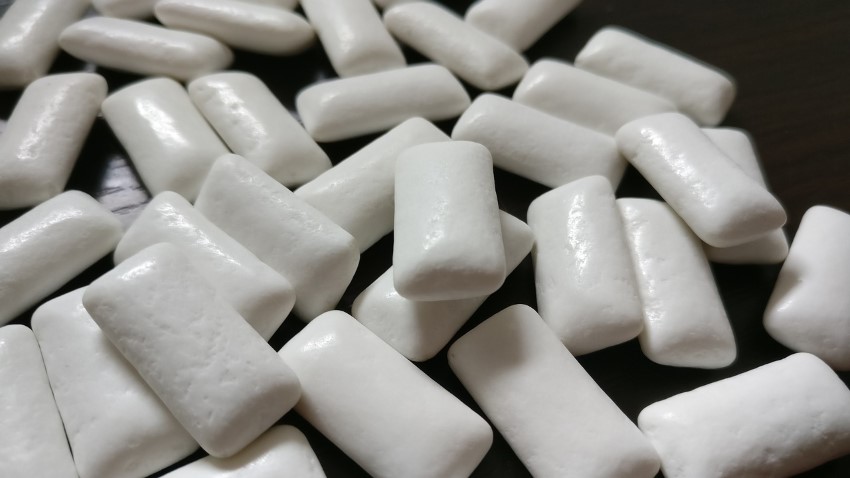From the USDA Animal and Plant Health Inspection Service (APHIS), this video series shows the stories of farmers, ranchers, and others impacted by invasive feral swine.
Feral Swine In America: Chapter Six — Louisiana investigates the damage feral swine inflict on alligator nests and the associated industry, damage to rice fields, and impacts on livestock. This video also discusses the risks of diseases spread by feral swine and Wildlife Services disease surveillance efforts.
Feral swine are the same species, Sus scrofa, as pigs that are found on farms. Feral swine are descendants of escaped or released pigs. Feral swine are called by many names including; wild boar, wild hog, razorback, piney woods rooter, and Russian or Eurasian boar. No matter the name they are a dangerous, destructive, invasive species. Source: USDA APHIS
About UDSA Animal and Plant Health Inspection Service (APHIS)

For nearly 50 years, APHIS has been protecting the health and value of America’s agricultural and natural resources. It’s a vital mission: Healthy and profitable American agriculture provides food and clothing for countless people worldwide and is a key pillar of our economy.
Millions of people benefit from APHIS’ programs and services every day. As our name suggests, APHIS’ work centers around animal and plant health, but our programs also address animal welfare, biotechnology, wildlife damage management, and global trade. Although APHIS may not be a household name, our efforts are seen and felt both far and wide. From ensuring an abundant and affordable food supply, safeguarding air travel against wildlife-related accidents, and sheltering household pets from harm during a disaster, to protecting the trees in our forests and communities, APHIS’ work touches people’s lives in a multitude of ways.
APHIS’ strong commitment to serving the American people guides all that we do. With an eye toward excellence and value, we’re constantly finding new ways to accomplish our work so that APHIS’ way of doing business reflects the way agriculture and commerce operate today. We are using more technology to allow industry to move at the speed of commerce and keep up with demand for agricultural commodities. We are developing better, faster processes and streamlining operations to improve our customers’ experience and deliver services more effectively. And, we are increasingly looking to innovative, nonregulatory solutions to achieve our aims—making sure agriculture stays healthy while ensuring the swift flow of trade. These actions—and many others—are saving both time and money as APHIS strives to better serve its stakeholders and the American public.

